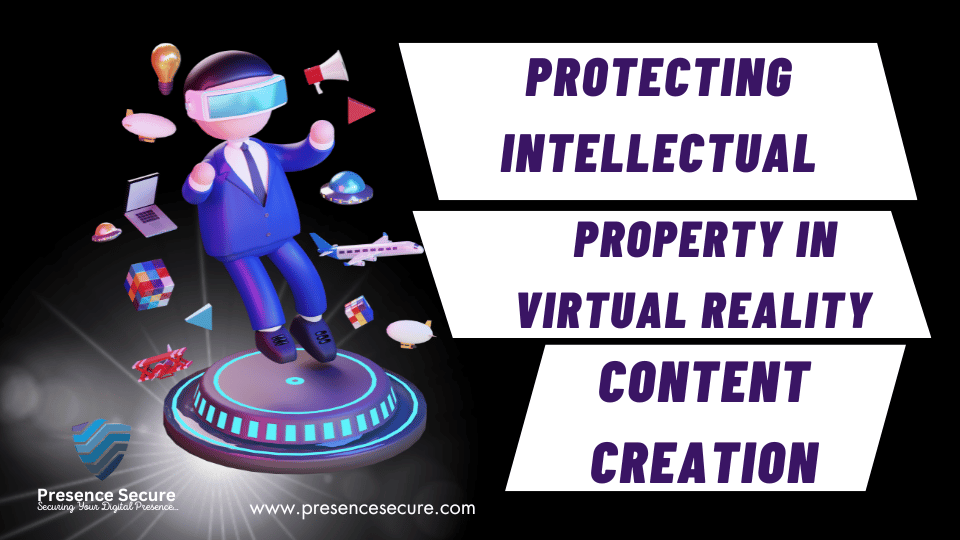Technological innovations like Virtual reality (VR) continue to shape the way we do things, from how we watch movies to listening to music and even how we work. VR has been around for a while in subtle forms of 3D graphics and imagery, but it is getting more and more pronounced.
Content creators and creatives now use VR to produce emotional and stimulating content. But how do they protect their intellectual property and avoid theft? This is what we’ll share with you in this post.
Let’s dive in.
Protecting intellectual property (IP) in virtual reality (VR) content creation is critical to prevent unauthorized use or copying of your creative work, ideas, and innovations. We’ll share some ways to protect your intellectual property in the domain of VR content creation
First, you need to understand your intellectual property. When you know the type of intellectual property you create, then you can know what type of protection applies to your VR content. You can use any of the following:
- Copyright: Protects original creative works, including audio, visuals, and animation for virtual reality. It gives you the sole right to publish, share, and reproduce your content.
- Trademarks: Protects your brand name, logos, and symbols associated with your VR content.
- Patents: Consider obtaining a patent to protect your innovations if your VR content includes unique and original technology breakthroughs.
Secondly, it also helps to Document your creative process and any collaborations. Documentation can serve as evidence of your ownership and the originality of your VR content. When you have a track record of the lifecycle or buildup of your intellectual property, it dispels any such false claims of ownership.
Implement copyright notices in your VR content to inform users that your work is protected. When showcasing or putting out your VR content, it helps to include copyright notices to them. This helps discourage unauthorized use and demonstrates your intent to protect your intellectual property.
Use Non-Disclosure Agreements (NDAs) to specify each party’s obligations and prevent the sharing or illicit use of your sensitive information when working on VR projects with others.
Use License Agreements if you intend to permit the use of your VR material by others. Create clear and detailed license agreements that outline the permitted uses, use restrictions, and any applicable fees or payments.
You could also use digital watermarks to discourage the illegal use of your intellectual VR content. These watermarks are invisible to users but they can help trace the origin of your content if it is used without permission.
If you run into some grey areas when protecting your intellectual property, seek Legal Counsel. Consult with intellectual property attorneys who are knowledgeable in content creation. They can provide tailored advice, help you draft legal agreements, and guide you through the intellectual property protection process.
There you have some proven ways to protect your intellectual property in VR. As you have seen, VR is one amazing way to bolster your content creation process, therefore it attracts many, but not all are willing to do the work, so they settle for theft. Always ensure you protect your intellectual property, you’ll find our tips useful.

